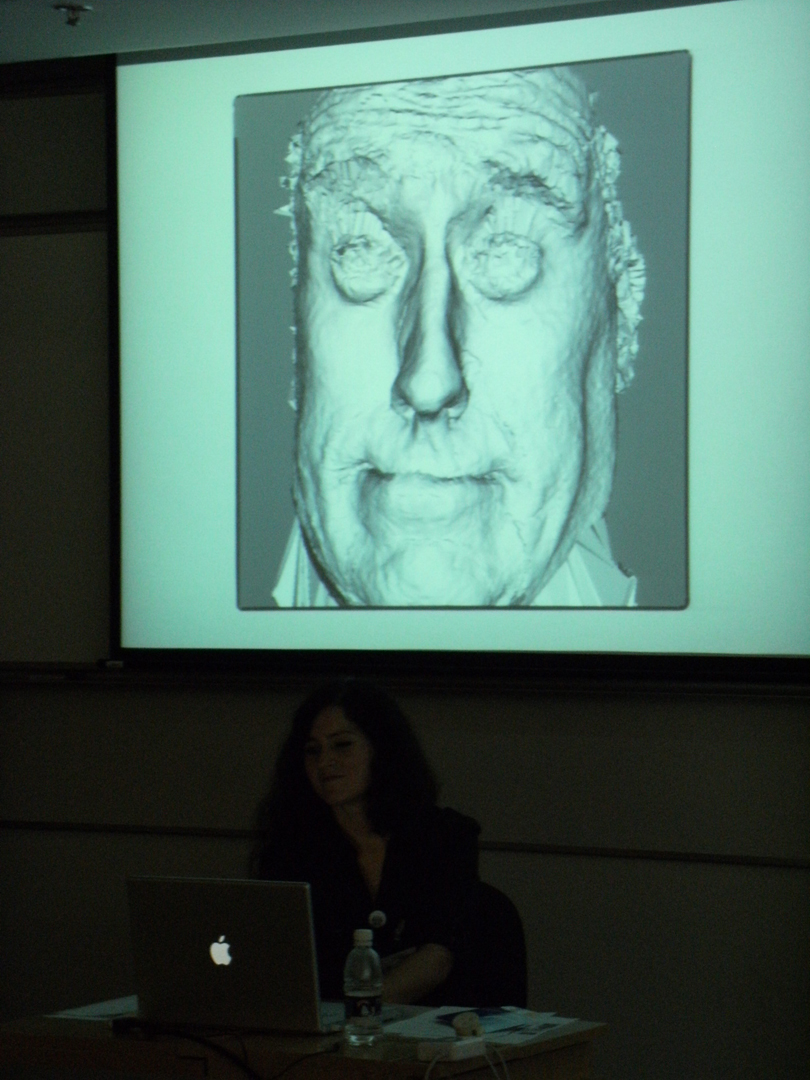“Virtual Emotions and facial expressions” presented by Rauch
Symposium:
Presentation Title:
- Virtual Emotions and facial expressions
Presenter(s):
Abstract:
I would like to suggest a presentation of my current AHRC-funded project, ‘Mapping Virtual Emotions: 3D-surface capturing of animated facial expressions in animals and humans’, which I am undertaking in association with the Sensory Computer Interface Research & Innovation for the Arts Unit (SCIRIA) at the University of the Arts London). I use a 3D high-resolution laser scanner to capture animal and human faces. I use the data from these faces, animate and then combine them with human emotional facial expressions. In doing so it is hoped to visualize through critical experimentation what evolution has selected and accommodated. While it is often through new technologies that we aim to expand our current understanding of the world, I would question whether it is possible to imagine beyond this in terms of human perception and the way we analyze and rationalize, taking into account the emotional responses we usually house as human beings.
The focus of this interdisciplinary practice-based research is a theory suggested by Charles Darwin (1872 in Ekman (1998, p.xxii) over 125 years ago. It is the idea that our human facial expressions, contrary to what we often like to believe, are not unique to human beings. Darwin’s metatheory of the continuity of species explains that neither our facial expressions nor the musculature in the face are unique to humans. Both are the product of evolution and internal physiology (Ekman 1998, p.xxv – xxvii).
My presentation includes a visual documentation of the practical models and animations produced over the last two years. An old theory is being re-examined with the use of new technologies and new theories of Virtual Reality.








